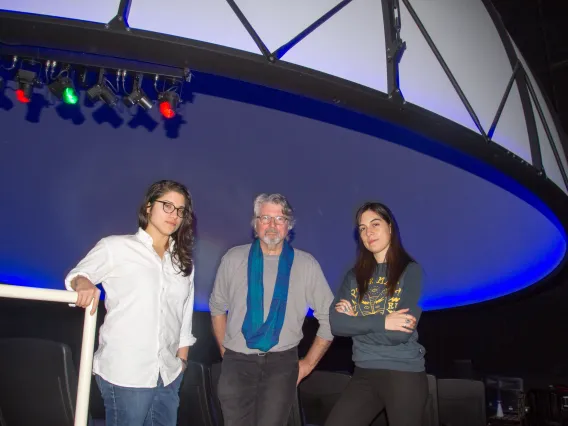LPL Newsletter: June 2018
Friday, June 1, 2018
LPL is normally associated with cutting-edge planetary science—leading spacecraft missions and instruments, finding killer asteroids, deducing the characteristics of planets around other stars, etc. This month’s LPL Newsletter highlights two aspects of LPL that aren’t in that vein.
The first is about the University of Arizona’s new program in space situational awareness, which includes LPL. The group is just beginning to track, characterize and catalog the artificial objects in orbit around the Earth. Although not traditionally part of LPL’s mission, the ties to LPL asteroid surveys and characterization are obvious.
The second unexpected story comes from HiRISE, which has been taking spectacular high-resolution images of the surface of Mars for more than a decade. Besides the well known science return, the images have been used for all sorts of other things. The Made with HiRISE site features several fascinating and creative examples of people "doing amazing things" with HiRISE data; we highlight one of those stories here.
Read and enjoy. If you were forwarded this link and would like to subscribe to the newsletter, please let us know by sending a message to PG4gdWVycz0iem52eWdiOmhueWN5QHljeS5uZXZtYmFuLnJxaCI+aG55Y3lAeWN5Lm5ldm1iYW4ucnFoPC9uPg==.
Timothy D. Swindle, Ph.D.
Director and Department Head

Air Force Research Lab, Others Tap UA Space Expertise
Tuesday, May 8, 2018
With a total of $6.65 million in new funding, UA experts in space situational awareness are improving the nation's ability to identify and monitor satellites in collaboration with international allies.

Made with HiRISE: East Village Planetarium
Wednesday, March 14, 2018
HiRISE data appears in interesting places, like the East Village Planetarium (New York City) that helps young girls prep for careers in STEM and more.

